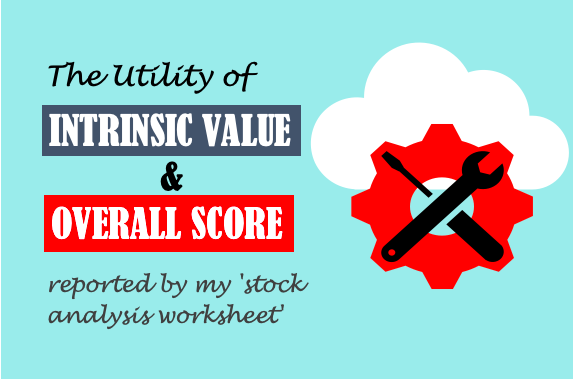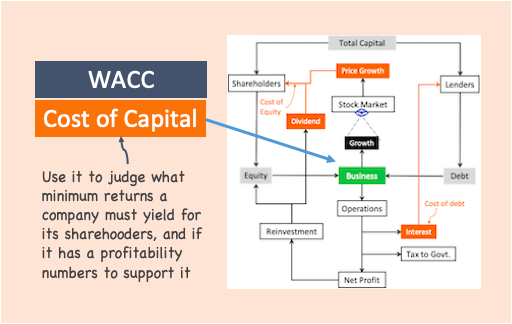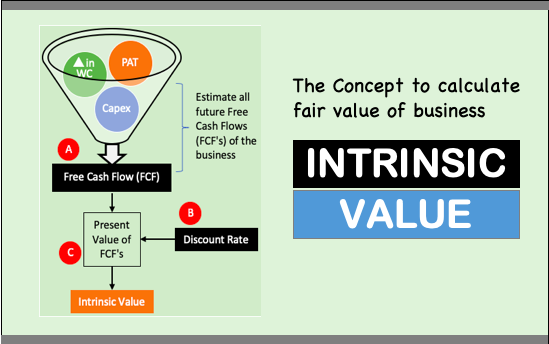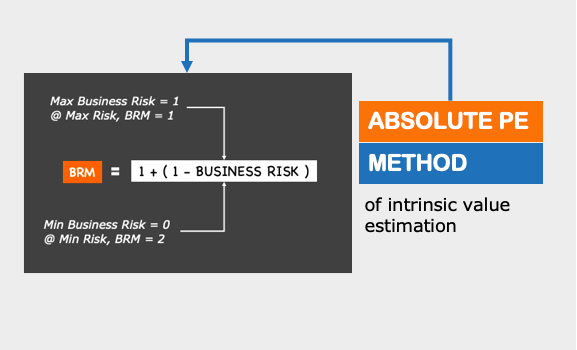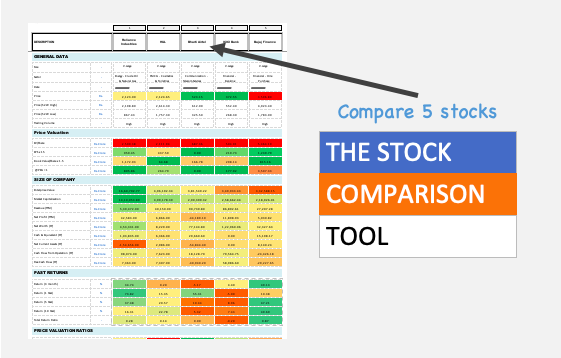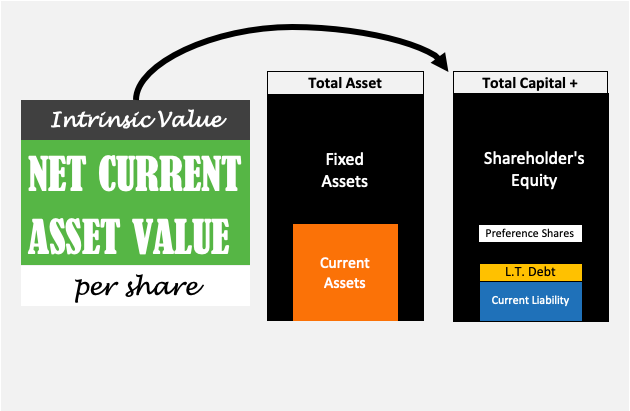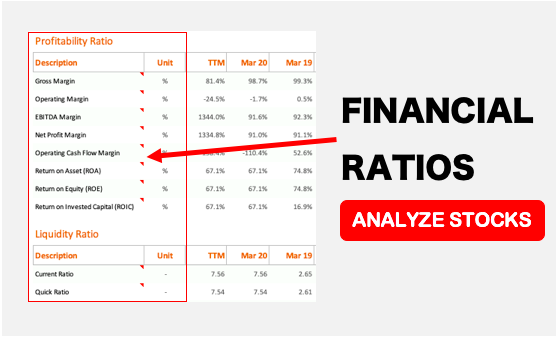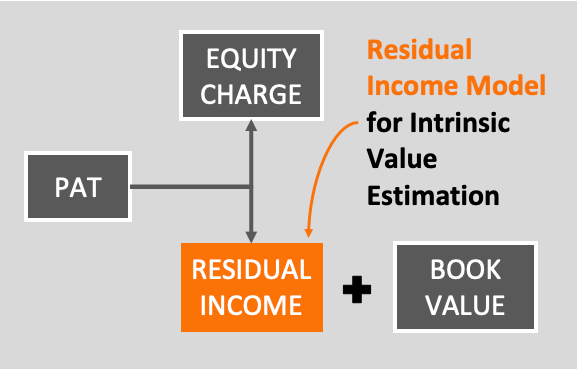The Utility of Stock Analysis Worksheet: How to Interpret its Intrinsic Value and Overall Score?
Some people might question the utility of my Stock Analysis Worksheet. Why? Because it mostly rates its stocks as overvalued or of a low overall score. Some users find it frustrating and send emails to me about the plight. I can understand this feeling. We want the worksheet to throw a list of names of high-scoring, undervalued stocks….

